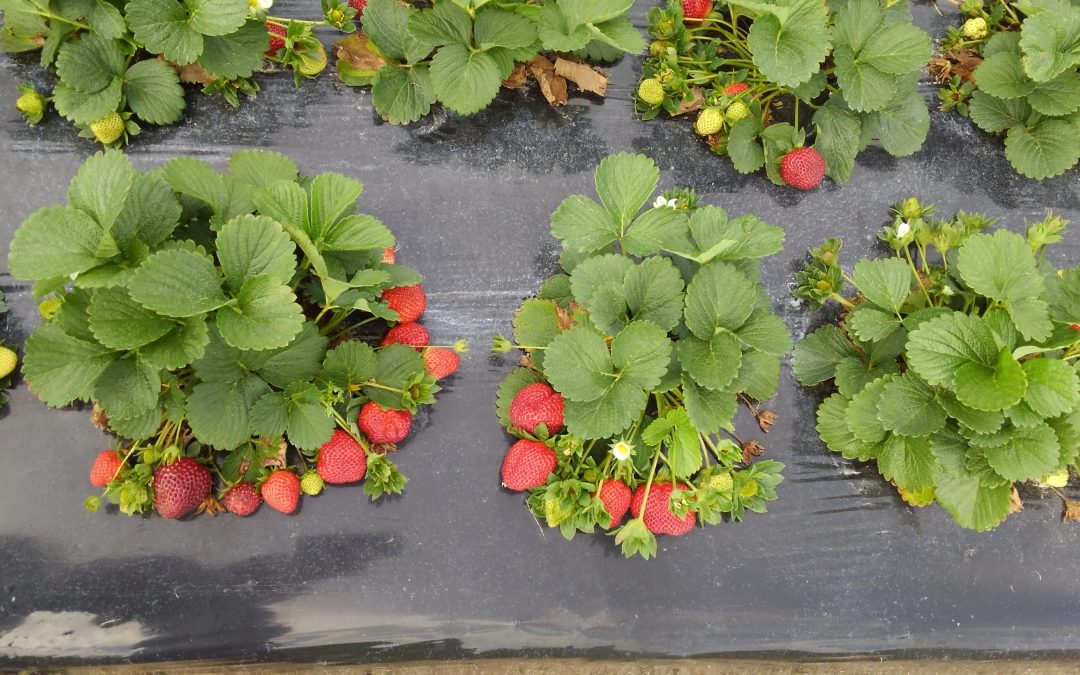
by Jennifer Bearden | Feb 3, 2023
Many fruit and vegetable crops are grown using drip irrigation thus making fertigation an efficient way to supply necessary nutrients to crops. To know what nutrients are needed, we must test the soil, leaves and/or petioles. Pre-season soil tests are a must! ...
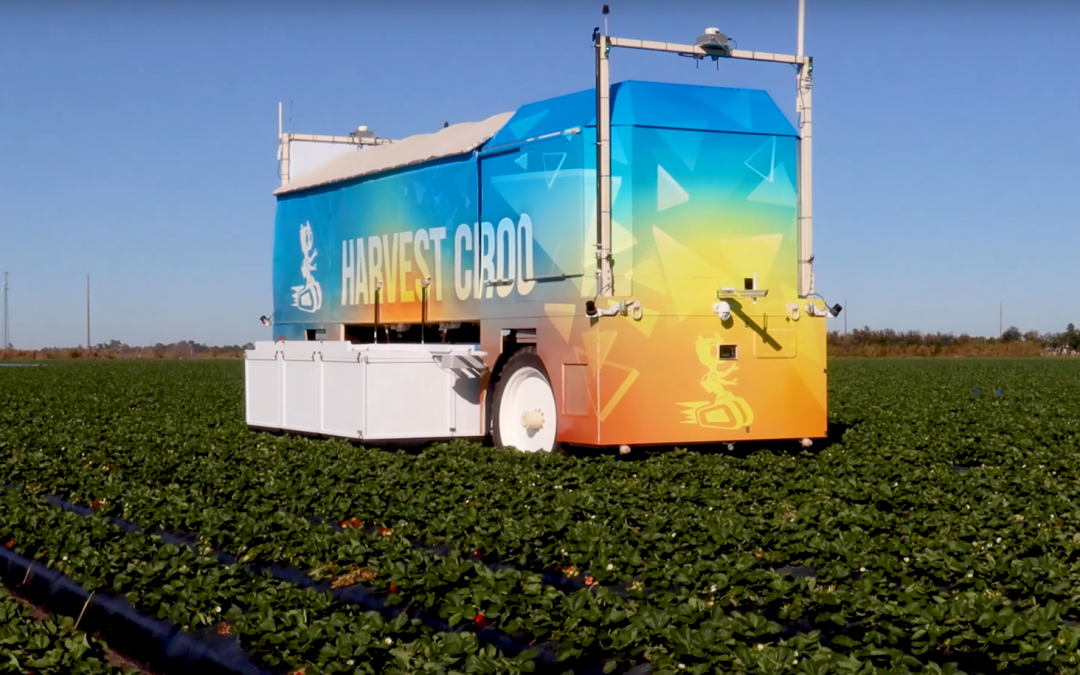
by Doug Mayo | Jul 1, 2022
This week’s featured videos were produced by Channel 10 Tampa Bay News and Harvest CROO Robotics to demonstrate new technology that will soon be available for strawberry growers to replace hand labor. The Harvest CROO looks like a motorhome with tractor tires...
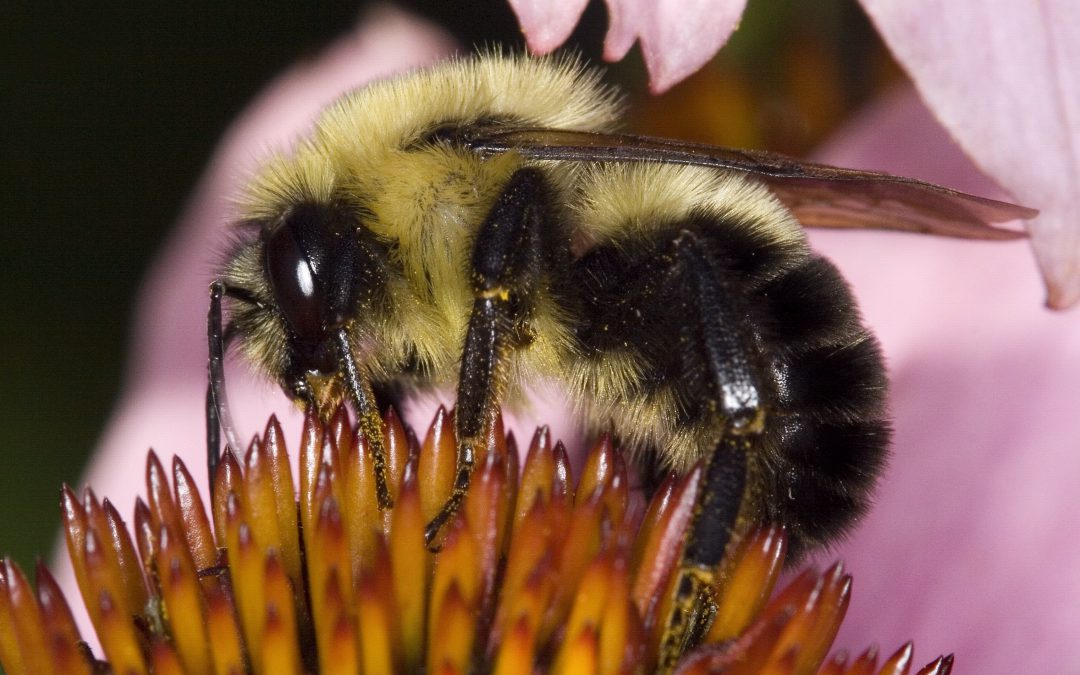
by Molly Jameson | Feb 25, 2022
There are five social species of bumble bees (Bombus spp.) native to Florida, and each is an important pollinator throughout the state. European honeybees provide about 85 percent of our pollinating activity that is vital for supplying one-quarter to one-third...
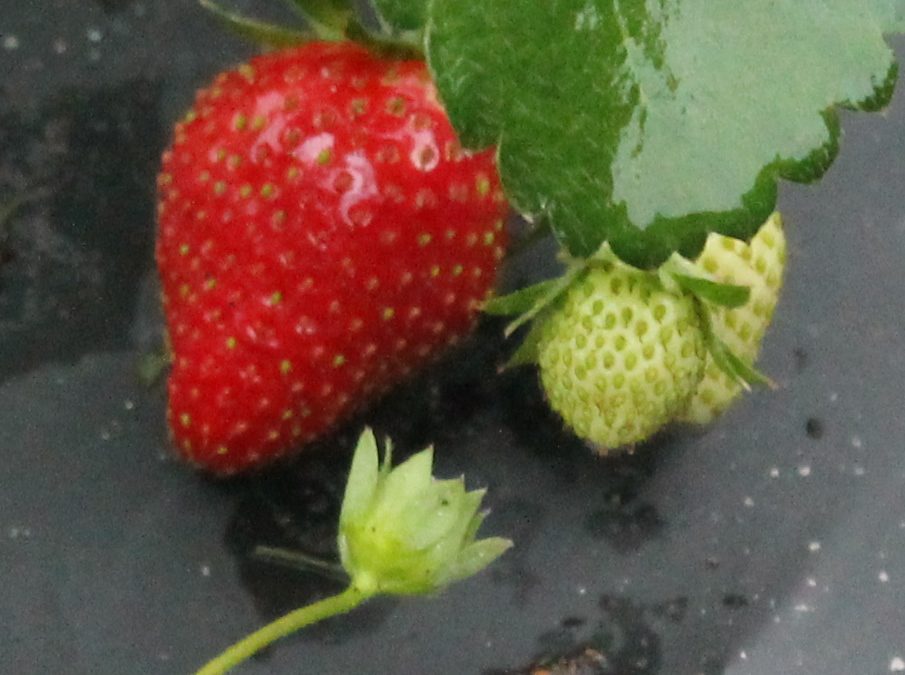
by Matthew Orwat | Jul 23, 2021
As the alternating cycles of sun, heat and rain shape our summer days, I start thinking about cooler times ahead and the fall planting season. One plant to consider for cool-season producton are strawberries. Planting strawberries in the fall is really an exercise in...
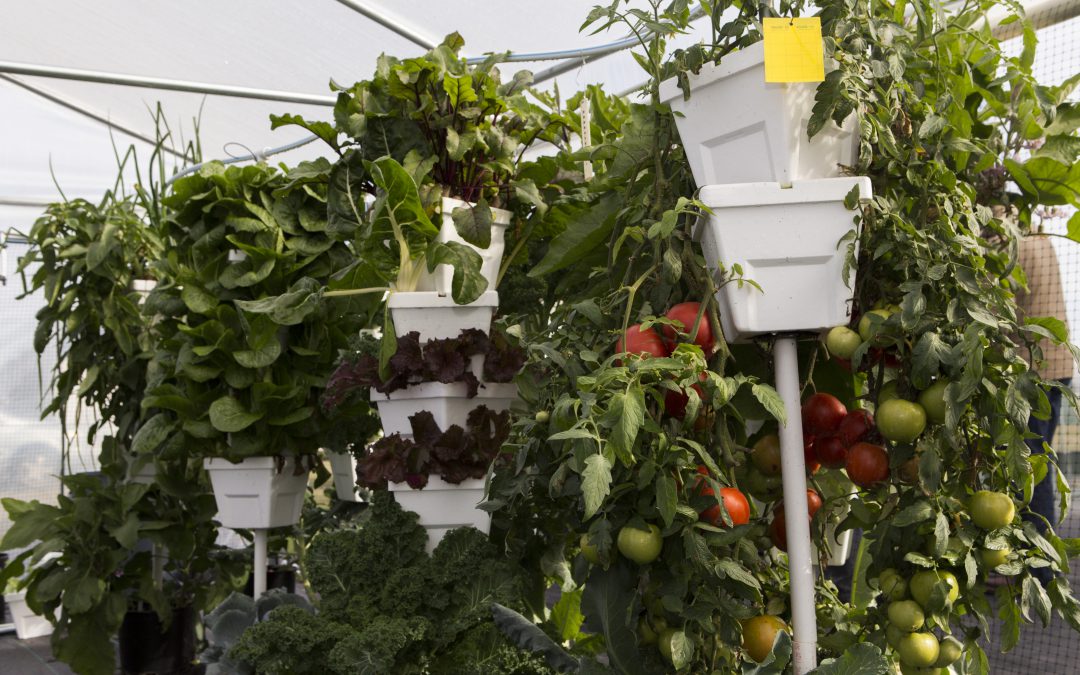
by Matt Lollar | Jan 24, 2020
If you are considering diversifying your farm, or simply planning to grow more produce at home, then you may want to give hydroponic production a try. Basically, hydroponic production is the growing of crops without soil. This can be achieved through several...
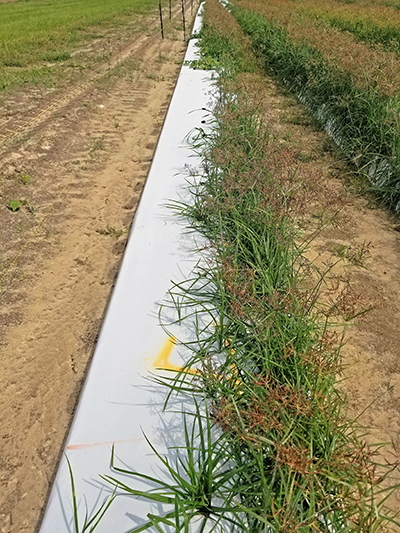
by Josh Freeman | Nov 8, 2019
Most vegetable and melon producers in this region have some history with using soil fumigation, whether Telone (1,3-dichloropropene) for nematode control in peanuts or cotton, methyl bromide and chloropicrin for weed and disease control in tomatoes, or Vapam (metam...







